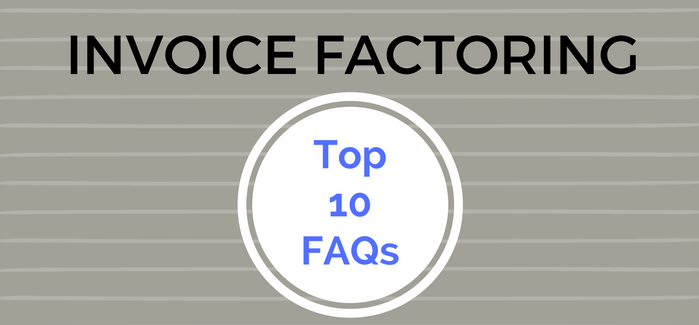
.jpg)
The provider may charge a monthly fee to cover the administration costs associated with delivering the facility. For that reason, it often represents better value to release funds from higher value invoices. Generally speaking, the higher the value of the invoice you want to release funds from, the lower the discount charge will be. This charge will be applied usually on a weekly or monthly basis and will typically range from 0.5 – 5 percent. It is the cost, calculated as a percentage of the invoice value, for releasing the cash to you. The discount charge works in the same way as bank interest, just like you’d pay on a bank loan, overdraft or business credit card. Re-Factoring Fee 1% against invoices outstanding after 90 days from month end Selective Credit Protection 0.7% of invoice total, if requiredĬoncentration Percentage 100% of Invoice Value of all outstanding Approved Debts subject to bad debt protection limits. Service Fee 1.3% of Invoice Value, subject to a monthly minimum fee of £550ĭiscount Fee 4% over the base rate on Funds in Use, subject to minimum base rate of 0.5% Initial Payments Percentage 75% of Approved Debts Factoring rates example based on a £600,000 Should your business be classed as a low risk by one of the credit agencies and submit a high volume of invoices to be factored, in theory a lower rate will be offered. Volume of invoices per month and the amount.When taking into account the costs of a Invoice Factoring facility consider the following variables and hidden costs: Please see the example of factoring costs below. Factoring fees are better if you factor higher value sales invoices. The of your sales ledger you fund, the lower the factor rate will be. These factoring charges are worked out on a percentage basis of the invoice value, typically ranging between 0.5 – 5%. It is the cost the invoice factoring company charge you, usually on a weekly or monthly basis, for releasing the cash to you. This is much like the concept of borrowing from a bank that you are likely familiar with.

The invoice factoring rate is also referred to as a factor rate. There may also be extra factoring costs incurred, but these are the primary ones. These are the main determiners of final invoice factoring fee.

CHAPS Fee for drawing down funds the same day.Additional costs – eg for additional services such as credit protection.Set-Up Fee (Cost to set up the facilities and credit checks on your clients).The elements of the make up of invoice factoring fee are: In order for you to choose the right Invoice Factoring solution and provider, you need to understand and anticipate what costs are involved. What is a factoring fee?Ī invoice factoring fee is a number of chargers which the lender has built in to the fee structure of the facility. Factoring charges are never a flat rate, so percentages start at point five of a percent. Knowing the facts about small business invoice factoring costs will enable you to negotiate well, and get the best value for money for your small business. Invoice factoring rates come in a different forms and your understanding of them may not be clear. Because of their different backgrounds, they also range in offerings, costs, and contracts, so all lenders have their own costs and rates. In the UK, there are over 50 Invoice Factoring providers that are either independent companies, subsidiaries of financial institutions, or crowdsourcing platforms. 9 Invoice factoring costs: Compare prices and quotes.6 What Can Affect The Cost of Factoring?.5 What is the going rate for factoring?.4 Factoring rates example based on a £600,000.


 0 kommentar(er)
0 kommentar(er)
